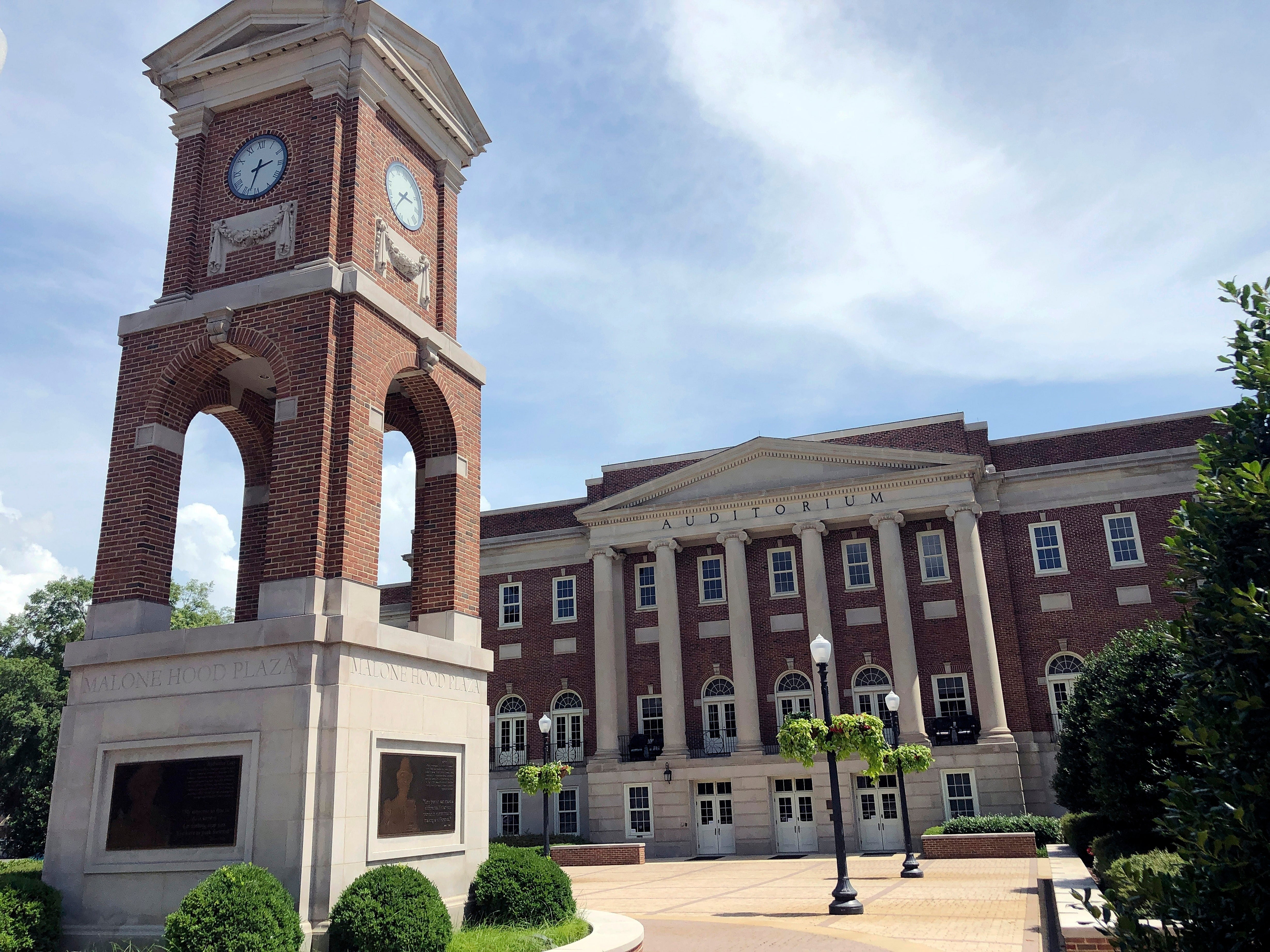LOCALIZE IT: Covering the $9.7B Congress OK'd for projects

Remember federal earmarks? The thing that, years ago, almost financed Alaska’s infamous “bridge to nowhere?”
After a more than 10-year absence, they’re back.
Lawmakers tucked $9.7 billion worth of home-district projects into a government-wide spending bill that President Joe Biden signed into law last month. There were nearly 5,000 of them in the 2,741-page legislation.
All but a handful of the 222 Democrats in the House requested projects, compared to around half the 210 Republicans. In the Senate, the items were sought by 46 Democrats and their two allied independents, but just 16 Republicans.
The breadth of the spending creates coverage opportunities for newsrooms nearly nationwide, as every state except Montana, North Dakota and Wyoming received funding. Here are some thoughts on how to make those stories happen.
THE BACKSTORY
Congress stopped providing earmarks in 2011 after high-profile abuses soured voters on them.
Leaders brought back the practice this year with restrictions, including a ban on awarding money to for-profits. Lawmakers were also required to post their requests online and swear that they wouldn’t profit financially from them.
In a rebranding, the spending is no longer referred to as earmarks. In the House it’s called community project funding, while in the Senate, it’s congressionally directed spending. But no need to use their jargon: “Home-district projects” is a useful catch-all term.
WHAT WAS FUNDED?
Even with the restrictions, 4,975 projects were funded. And there’s a remarkable amount of variety in what was chosen.
There’s $350 million in funding to help restore Florida’s vast but imperiled Everglades. Another $126 million for two campuses of the University of Alabama. And a modest $4,000 for evidence detection equipment for Huntington, West Virginia.
What did your local congressional delegation get? With a little legwork, it’s easy to find out.
DIGGING IN
A good place to start is the press releases that many lawmakers sent out describing the projects they won. Lawmakers haven’t been shy about publicizing the money they received; many even tweeted out their lists.
To dig deeper, the AP has compiled a spreadsheet with all 4,975 listed projects that is available here through your data.world account. (If you need an account, contact akessler@ap.org or lfenn@ap.org.) Each row lists the federal agency and program that administers the money. There’s also a description of the project — sometimes frustratingly vague — and its location, the amount approved and the House and Senate members who requested them.
The data can be searched and sorted to see who got what. Many projects were requested by multiple lawmakers, but there’s no double-counting — each project is listed only once.
If a lawmaker’s name does not appear, that means they didn’t receive projects. Projects went to 64 senators and 326 representatives, plus five of the House’s six non-voting members representing the District of Columbia and U.S. territories.
The original source of this information is the websites of the House and Senate appropriations committees, which write spending legislation.
IMPORTANT CONTEXT
Remember, there are two sides to the merits of home-district projects.
Critics say they unjustly reward lawmakers’ influence and make it harder to focus on larger national priorities. High-profile abuses gave the projects a stench years ago.
Defenders say Congress has the constitutional power of the purse, and lawmakers say their hometown familiarity makes them experts on local needs.
Lawmakers also say that without these projects, there’d be no guarantees the money would be distributed fairly. Some money would be disbursed by spending formulas written by Congress and influenced by partisan or regional politics, or by federal officials pressured by lawmakers or the administration in power.
PUTTING IT ALL TOGETHER
Once you’ve identified projects of interest, it’s time to follow the money. Some key questions to ask:
— Who wanted this funding? What local officials were pushing for it, and why? What do they say about it now?
— Are there potential conflicts of interest for the lawmakers involved? Or for the local officials who asked for the funding?
— Does the spending seem justified? Why or why not?
— What impact could the project have on the community, the region, the state?
— How does a particular district stack up to adjacent or nearby ones when it comes to the numbers? What impact could that disparity have — financially, socially, equity-wise or economically?
Other sources of information include government accountability groups in your area and local business groups.
___
Localize It is an occasional feature produced by The Associated Press for its customers’ use. Questions can be directed to Ted Anthony at tanthony@ap.org
Subscribe to Independent Premium to bookmark this article
Want to bookmark your favourite articles and stories to read or reference later? Start your Independent Premium subscription today.
